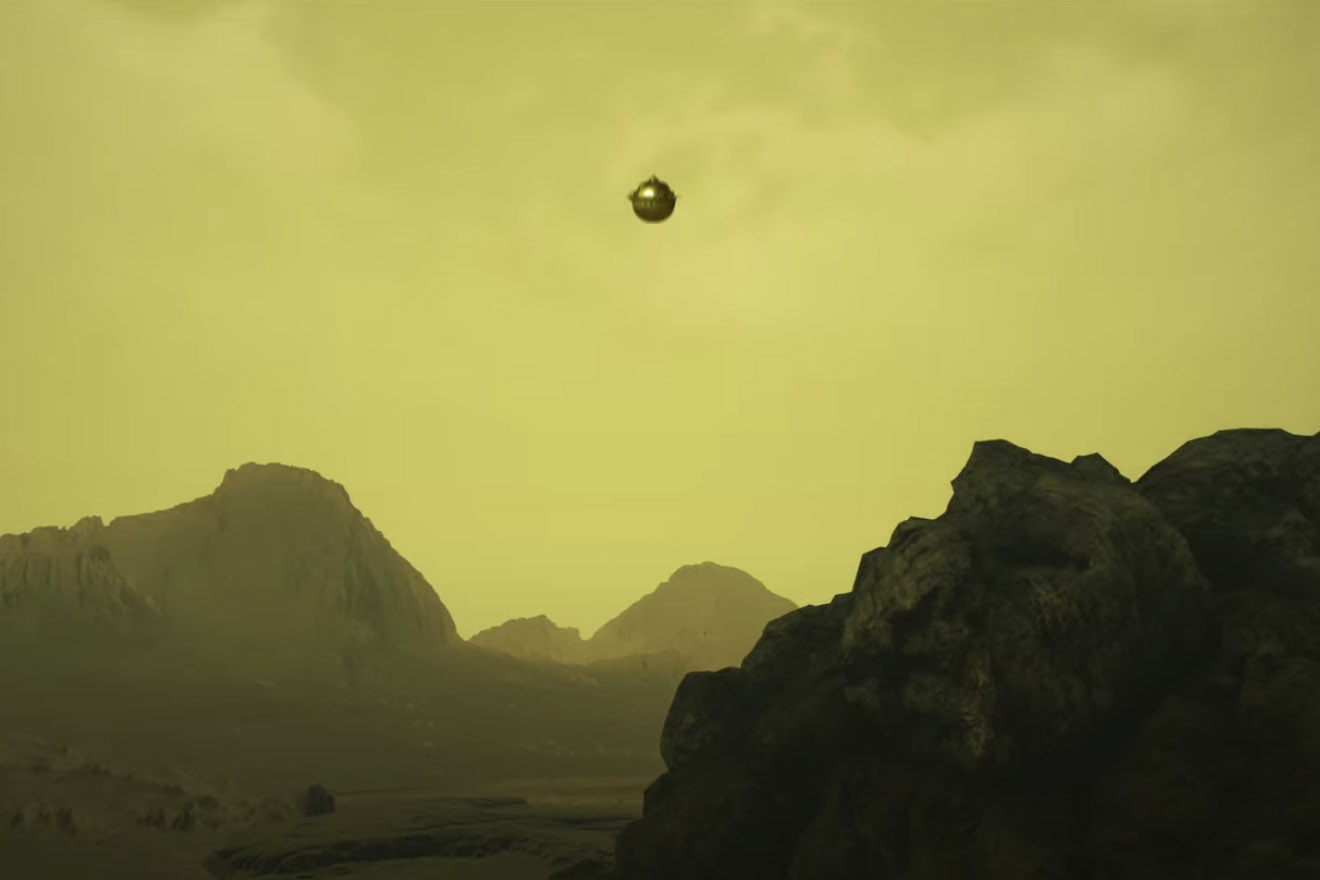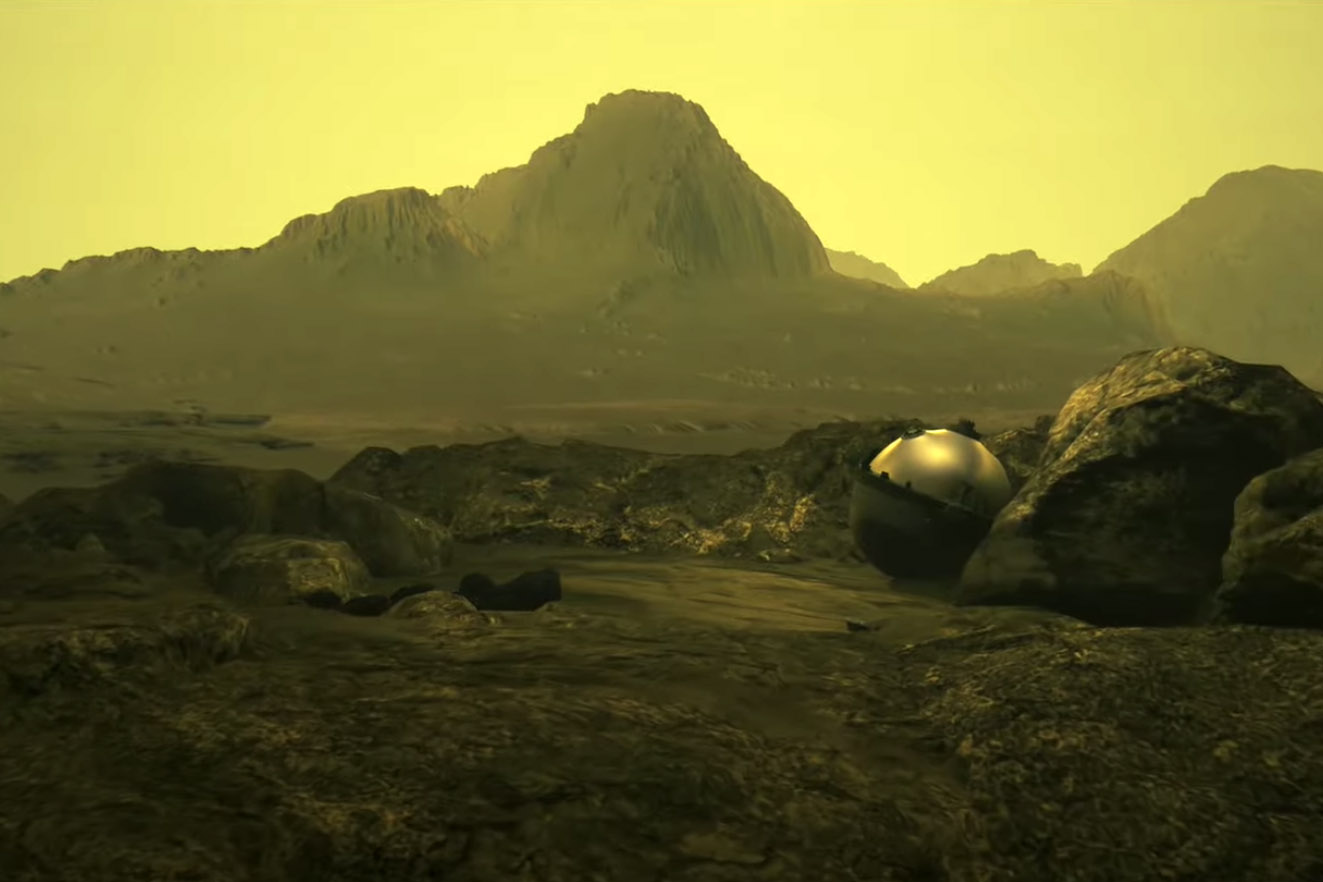When it comes to exploring the solar system, recent decades have undeniably been focused on visiting Mars. From sending rovers to its surface to making plans for eventual crewed missions there, the red planet looms large in our understanding of planetary science. But what about our other planetary neighbor? Where’s the love for Venus?
After decades of being overlooked, there will be three missions heading to Venus soon: NASA’S DAVINCI+ and VERITAS, and the European Space Agency’s EnVision. All three of these missions were recently approved and aim to launch in the late 2020s or early 2030s.
This is long overdue, as although sometimes spacecraft will swing past Venus on their way somewhere else, the last time NASA sent a mission specifically to Venus was the Magellan orbiter launched all the way back in 1989. In the three decades since, the biggest space agency on Earth hasn’t visited the planet next door.
To find out why that is, and to hear about what we could learn from the three new missions there, we spoke to two Venus experts: Jenny Whitten, science team member of NASA’s upcoming VERITAS mission, and Jean-Luc Margot, a planetary scientist who recently led a study into Venus’ fundamental properties.
Venus is a mystery
The first thing to understand about Venus is how little we know about the place, and how many open questions remain. We don’t have a timeline of the planet’s geological history, and there’s no consensus on what early Venus looked like. Compared to other locations like Mars or the moon, we don’t have an overview of what the planet looked like over time and how it developed into the state it is in today.
“Past about a billion years ago, we don’t know what was going on. There’s no geological record,” Whitten said.
We have no idea what the planet is like inside either, which leaves many issues up in the air. “We don’t know the size of the core of Venus,” Margot said. “We don’t know if the core is liquid or solid — we suspect it’s liquid but we don’t know for sure. And that drives the entire thermal evolution of the planet” in terms of its magnetic field and its spin. So, “it’s really important to get a good estimate of the size of its core.”

We do know that Venus is covered in thousands of volcanoes — more than any other planet in our solar system — but we aren’t sure if they are active or not. “Volcanism is very important because on Venus that’s how we’re releasing heat and releasing volatiles from the interior, like water and gases that may be important for life,” Whitten explained. “So what we’re really trying to understand with the volcanic history is the habitability of Venus.”
And when it comes to the planet’s surface, there are twisted, deformed regions that we’re still trying to grasp. “There are these strange terrains on Venus called tesserae that may be analogues to Earth’s continents, but we are not certain how they formed,” Margot said. “That’s an important part of the geological history of Venus.”
A strange beast

The second thing to understand about Venus is that it’s a weird place. Its thick atmosphere is peppered with clouds of sulfuric acid, and it traps heat so effectively that it’s hotter on the surface there than it is on Mercury, despite being further from the sun. Most strangely, the atmosphere rotates 60 times faster than the planet below. In fact, it rotates so fast that it may even affect how long a day there lasts.
And in terms of dramatic geological events, Venus has one possibility that really takes the cake: Its surface may completely melt and be reformed every few hundred million years, in events called resurfacings. The theory is that the planet generates so much heat that it eventually bursts through the surface via volcanoes erupting across the entire planet, melting away impact craters and smoothing everything on the surface out.

“Venus may have had a major resurfacing of the entire planet 700 million years ago,” Margot explained. “It may have had multiple complete resurfacings over its history, and we don’t understand how that works… It’s an episodic, catastrophic melting of the surface, which is a really fascinating process.”
Earth’s evil twin

One of the reasons researchers are so interested in Venus is that it is, on a large scale, very similar to Earth. It’s comparable in its size, mass, and density. Venus may once have had oceans on its surface, and could even have been habitable at some point in its past. It’s also a rocky planet, and formed in a similar place in the solar system. That means we can assume the two planets are made of roughly similar material.
But today, the two planets are very different. Venus’s atmosphere is crushingly dense at 100 times the pressure of Earth’s at its surface. At 900 degrees Fahrenheit, the surface temperature is hot enough to melt lead, and the planet has lost all of the water it ever had, leaving a dry, inhospitable husk.
“There’s a lot of similarities between Earth and Venus,” Whitten said. “But they’ve evolved very differently. So we’re trying to understand why.”
Researchers think that the divergence between Earth and Venus may have happened because the higher temperatures on Venus led to more water being evaporated into the atmosphere, where it was hit by sunlight and split into hydrogen and oxygen. The hydrogen escaped into space, never to return, leaving the planet dry.
But this is supposition, and we don’t know when it happened, as there’s so much we don’t know about the history of Venus and how it differs from Earth. “If we’re trying to understand our own planet and how terrestrial planets evolve, Venus is really crucial,” Margot said. “And there [are] huge gaps in our knowledge and understanding of it.”
Learning more about the differences between Earth and Venus is important for the study of exoplanets as well. When we see distant planets which are Earth-sized, are they more like Earth or more like Venus? We need to understand the evolution of planets in our own solar system to get a better handle on what planets in other systems might look like.
An overlooked gem
Given all the important questions about Venus we still have to answer, and given that it’s our neighboring planet next door, you might wonder why Venus hasn’t been more explored. How come Mars gets all the attention?
It might be that Venus still holds clues to whether life could have existed there at some point in its past. “And one of science’s biggest questions is about life and habitability.”
Firstly, Venus is just very difficult to visit. To try and send a probe to its surface, you have to contend with extreme conditions that are hostile to electronics, as well as to people. The pressure on the surface is equivalent to the pressure at 900 meters underwater, “so your spacecraft looks like a submarine, because that’s the only way it can survive those crushing pressures and temperatures,” Margot said. “Nothing has survived on the surface of Venus for more than two hours.”
There’s also our bias in terms of looking for planets that look like they could host life as we understand it. When you look at Mars, it’s an alien place, but you can imagine people living there, albeit with spacesuits and carefully constructed habitats. Venus doesn’t look remotely as appealing.
“For a long time, we thought that Venus is inhospitable — which it is now,” Margot said. “But we hadn’t appreciated that it might have been hospitable in the early history of the solar system.”
It might be that Venus still holds clues to whether life could have existed there at some point in its past. “And one of science’s biggest questions is about life and habitability,” Margot added.
And there could be a degree of global politics at play. “During the space race, the Soviet Union really focused its efforts on Venus, so they had established a Venus program for a long time,” Whitten said. The U.S., on the other hand, focused more on Mars. Although today, there is much greater international cooperation in space exploration, there’s arguably still a legacy of the cold war that points NASA toward Mars and away from Venus.
But now, finally, with the three recently approved missions to Venus, we’ll be heading back to this fascinating place to learn more.
“It was disheartening for a lot of planetary scientists that Venus was overlooked for so long,” Margot said. “But now it’s really exciting that we’re finally going back.”
Three new missions
The three new venusian explorers will be two NASA missions, DAVINCI+ and VERITAS, and one European Space Agency mission, EnVision. Lest you imagine there is any animosity between rival Venus missions, both researchers we spoke to expressed delight and excitement at having multiple missions to collect data from this planet.
The three missions will be complementary: DAVINCI+ will look at Venus’s atmosphere, VERITAS, will be looking at Venus on a global level, and EnVision will be imaging around a quarter of the surface in a much more targeted way. The instruments will be different too, as EnVision has both radar imaging and a sounder for looking beneath the surface.
“VERITAS is going to look at the deep subsurface, looking at the lithosphere,” Whitten explained. “But with EnVision, they’ll be able to look at the very near subsurface to understand what its structure might be.”
With the three missions in combination, we should be able to learn about Venus from top to bottom, from the thick atmosphere all the way down to its deep core. Eventually, we could learn as much about this planet as its better-explored sister, Mars.
“There are different focuses for each of these [missions],” Whitten said. “But on the whole, all three of these are telling us that Venus is a key to understanding what’s going on on Earth. It’s very exciting, the prospect of having a Venus program similar to a Mars program.”





